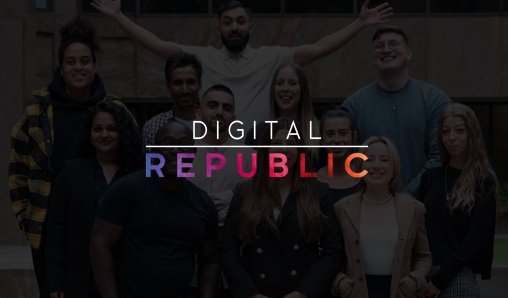
As per recent reports, Facebook processes 600 TB of data and Google responds to 3.5 billion search requests – all in a single day! The volume of data driving the world’s businesses today is staggering.
The primary reason for this is that smartphones and always-connected devices have enabled easy accessibility, which in turn has made the digital customer even harder to please. Due to this, many companies struggle on how to allocate their constrained marketing budgets to optimally serve these customers.
An effective way to tackle this is by making use of insights received from the multitude streams of user data collected online. This enables the study of (increasingly smaller) customer group behavior and attitude to develop personalized and targeted products or services to maximize revenues. The era of hyper-personalization is truly amongst us.
Especially in the media industry, data analytics has created possibilities that never existed. By mapping social profiles and tracking every click/on-page behaviour, companies can better understand their core audience. While previously, a strategy of abundance worked well, today publishers must devise plans that are built on precise targeting.
Digital content and delivery strategies appropriate to a specific customer group’s lifecycle are paramount to driving conversions. Ultimately, data analytics helps companies understand if they are spending too much or too little on their most loyal subscribers.
Right content at the right time
For the media industry, analytics studies two key factors – content and audience. By statistically comparing the design parameters of content platforms, analytics can determine what content is likely to engage well with consumers and why. Netflix is a notable example of analytics guiding content offerings, as the entertainment provider sorts through tons of user data to personalize recommendations.
Content analytics is aimed at assessing the relationship between a user’s engagement, the media content and the website’s design parameters. By exploring the interplay between variables such as time spent/page exit rates and causal variables such as page design, pictures, videos, article length, story type, story sentiment, links, etc., analytics helps inform editors and page designers how to get visitors to stay longer and minimize bounces.
This combined with analysis of referral traffic to the site helps media companies evaluate content strategies they need to employ to inform and attract audiences from social media.
The advent of digital data – especially social media – has opened the flood gates of customer data available for advanced analytics. Social profiles can be mapped to topics of interest – even specific brands – and advertisers can use this information to understand how to better engage with the audiences on specific sites. Media companies can also use this information to understand how the core audiences for their different titles overlap with other audiences and therefore decide upon undertaking the right set of marketing strategies to attract new customers.
Much needed boost to advertisements
While digital advertising is in a golden age right now, the challenge is to sustain viewability and engagement. Effectively, all media platforms compete for the same eyeballs while dealing with attention dilution and consequently digital ad effectiveness metrics are becoming increasingly more important to advertisers.
Analytics can again play a key role in assessing the impact of various factors such as ad type, page format, ad location with respect to various page elements, scroll parameters, page interaction parameters (hover, click, etc.), page dwell time, etc. on improving ad viewability for digital properties and in proposing relevant strategies to improve upon ad viewability and customer engagement with the ad.
Effective analytics can also help optimize ad inventory by predicting the platforms and devices that traffic will emanate from enabling media companies to better monetize the value of their digital ads through tighter segmentation and ad targeting across visitors originating from social media or from third-party websites.
Online powering offline
Interestingly, online analytics in the media industry can also help boost offline sales at physical newsstands and retail stores. Social media data can be analysed to help uncover trending stories and associated sentiments to help editors choose from available choices of topics to cover in future issues – especially when it comes to lifestyle titles – or even understand what covers should be chosen to result in increased uptake at the newsstands.
Alternatively, cover analytics can also be done based on historical sales data to understand what themes are performing well at retail, which themes should be continued/expanded, and more specifically what cover attributes lead to improved sales at the newsstand for the client and competition.
Conclusion
Unlike in the healthcare and FMCG industries, a key challenge in the analytics domain is a dearth of qualified analysts and third-party vendors. As the domain is highly dynamic and fast-moving, retaining people and nurturing talent is a complex challenge to address.
One way to tackle this is through cross-training people by assigning them short-term projects. This enables the workforce to move away from monotonous routine work and constantly acquire newer skills to become more well-rounded analytics professionals.
It is also important to remember, that even in the media industry, analytics is not restricted to media operations alone. It cuts across the horizontal pillars of an organization. For instance, analytics can be extended to work across finance, operations, consumer marketing, procurement and more. The ultimate motive here is using data and insights to deliver overall operational excellence for the organization, and the answer clearly lies with data analytics.



